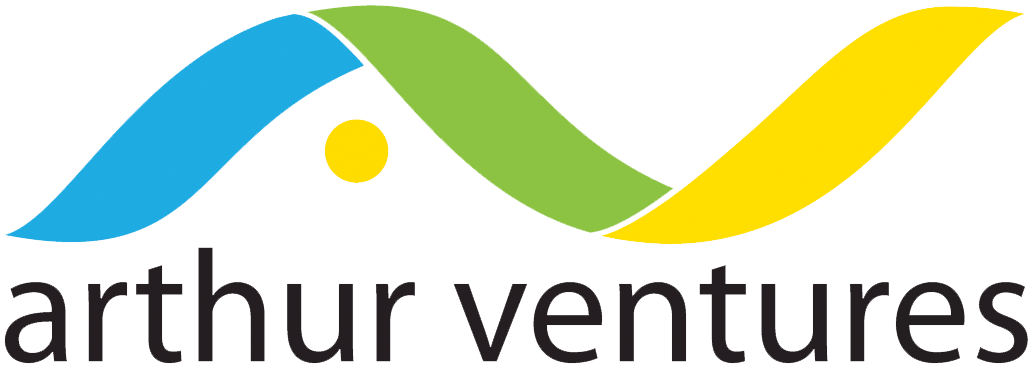The Importance of a Product-Led Funnel
The other day our partner Pat and I were talking about the go-to-market motion of a partner company and he used a phrase I hadn’t heard before. Product-Led Funnel.
If you are a software entrepreneur you probably spend a lot of time thinking about product-led growth. How to get it, how to get more of it, how to do it better, how to pivot to it if you don’t have it.
And with good reason. Some of the most successful, modern software companies have executed a completely product-led growth strategy.
Product-led growth is a very specific approach to go-to-market that relies on a self-service customer acquisition channel—where people buy the product without ever talking to a person from the company. Think Atlassian, Slack, Dropbox, Calendly, Shopify and so many others.
True PLG is hard to achieve and rarer than you probably think. How many B2B products do you discover and love so much that you go on to purchase without ever interacting with the company? Probably not that many. And even when you do, can you expand yourself and buy another 100 seats for your team without interacting with a salesperson? Even less likely.
Given the fully self-service nature of PLG, not all companies with product-led drivers qualify for the label of “product-led growth” per se. But there’s nuance in the product-led sphere, and other ways to take advantage of a product-led strategy even if you can’t fully rely on a self-service channel. Enter the product-led funnel.
What’s the difference between product-led growth and a product-led funnel?
Product-led funnels happen when customers enter your funnel without talking to a real person. Sounds like product-led growth, right? Sure, but the difference is that with a product-led funnel, the prospect and your sales team will ultimately need some level of interaction in order to finalize the purchase or expansion. A product-led funnel can:
Drive product-qualified leads from free trials or a freemium version of your product.
Drive a ton of hot inbound leads who are very ready to buy and just have a few questions or need a bit of support first.
Attract lots of your ideal customer profile so the sales team has lots of interested leads to reach out to.
One of the ways you can spot a product-led funnel is that much of the sales effort is more “sales-assisted” than “sales-led”. Prospects have seen or experienced enough of the product that they have self-qualified and know they probably want it. It may be that they just can’t sign up online because they need to generate a PO or receive an invoice to pay. It may be that your product requires some hand-holding and configuration, but they got a taste of it during a free trial and know they need it.
In the product-led sphere driving a significant funnel from your product is similar to what’s needed for true online-acquisition PLG:
A product so good that it obviously solves a real, pressing need. Or is so delightful that people just want to use it to be part of the tribe.
A product that makes people rave—something they are compelled to share and talk about.
A product people can understand and connect with.
Ideally, a product people can try on their own even if they can’t buy on their own.
If a product can’t be tried before purchase, companies can get creative to move further along the spectrum towards it.
Free, lightweight online companion tools designed for your market is one example of how to attract qualified buyers into your universe and demonstrate your understanding of their needs. I am reminded of Hubspot’s free online website grader tool that attracted hundreds of thousands of SMB marketers into their subscriber base before they had an online purchase path. Or open-source software that attracts lots of users and also has an enterprise product that’s available for purchase through sales.
“Product-led” isn’t all-or-nothing.
Being product-led isn’t binary. It isn’t a matter of “you are or you aren’t.” Product-led strategies fall on a sliding scale. You may not be able to have full product-led growth today—or ever, depending on your product & market. But you can still incorporate product-led drivers into your business model and capture at least some of the same benefits.
More often than not, that will come in the form of a product-led funnel, maybe starting with a free trial, an open-sourced version of a product, or some adjacent software that people can sign up for with ease. If possible, make it so that existing users will inevitably expose prospects to your product just by using it (Calendly is a great example of this type of product).
Try to bring prospects into your funnel through the product itself—or something related to it—that draws them along to the eventual purchase decision. There are a lot of unique ways to transition into being a product-led company and it’s unique to each company.
Remember, buyers want a product-led experience.
Product-led isn’t just in the spotlight because it’s a low-friction way to acquire customers. It’s in the spotlight because it’s how so many modern buyers want to purchase—they want to discover, use, and then buy on their own. This is why it’s so critical to consider the spectrum of product-led and how you can evolve towards product-led growth.
A peek behind the curtain.
This article was inspired by Pat’s use of the “product-led funnel” phrase so before writing it, I sat down to chat with him about how he views the product-led funnel approach and I recorded our conversation. We didn’t record this to share publicly, but after listening back to our conversation, I thought it provided more context on our thinking on the product-led funnel and why we’re so excited about it. Hope you enjoy this peek behind the article!
